|
Also available on PlayStation, Nintendo 64, Mac OS, MS-DOS, and Windows Command and Conquer is a name almost synonymous with the real time strategy genre, and the original game is one of the absolute classic PC games of the mid 1990s. Originally releasing in 1995 for MS-DOS and Mac OS before being ported to Windows, Saturn, and PlayStation in 1996 and Nintendo 64 in 1999, the original Command and Conquer remains an extremely fun and playable if rather dated strategy experience, and while RTS is not known as a genre that makes the conversion to console particularly well, the Saturn did a surprisingly good job of it. The basic story of Command and Conquer is pretty similar to the real world Cold War scenario that took place before this fictional setting; there are two main powers, the UN-backed Global Defense Initiative and the enigmatic and cult-like Brotherhood of Nod, and the majority of the world's powers back one of the two. The unofficial subtitle for this first Command and Conquer game is Tiberian Dawn, and it marks the start of the Tiberian series, one of the main series within the Command and Conquer franchise. This naming scheme is because of a new extraterrestrial resource that appeared around this time called Tiberium with the military conflicts between Nod and the GDI being in large part resource wars. There are two campaigns each with 15 missions. In one of these, you play as the GDI trying to wrestle control of Eastern Europe away from Nod. In the other, you play as the Brotherhood of Nod in an attempt to solidify your control over pro-GDI sections of Africa. What makes most RTS conversions for consoles stumble is the controls as RTS really needs a mouse and keyboard to work truly well. That hasn't really changed here, but the Saturn pad does do a surprisingly good job once you get a feel for it. It never felt quite as natural as a mouse, but I had no trouble whatsoever controlling my units. As for content, while the Windows version certainly looks a bit nicer, and the Nintendo 64 version had some cool looking 3D models (despite lacking cut scenes), the Saturn version is a virtually perfect port of the DOS original. No content has been cut from the original DOS release, and while the Saturn version does lack the extra 15 missions from the Covert Operations expansion that PC got (it was included in the PlayStation release, as well, although that version ran a bit slower and had lower quality audio), the fact that the audio is virtually identical to the PC release and the game runs smoothly with no slowdown that I noticed makes this the version to play if you are (for whatever reason) not going to play on PC. I played on Saturn because I wanted to see how it held up, but I did play through the Covert Operations missions on PC to compare. Those are just random scenarios, though, and aren't related to the storyline, so I didn't really care that much about those. Although the game is most known for being a pioneer of modern RTS gaming, that gameplay actually isn't the highlight; the FMV cut scenes and soundtrack are. The soundtrack is absolutely fantastic with a style of rock you just don't hear these days. The cut scenes are 100% pure mid 90s cheese, and it's absolutely amazing. They're absolutely shameless and a perfect example of "so bad it's good," and that's something the series has become somewhat known for. It's honestly worth playing through for the music and FMV scenes alone even if you're not a fan of the gameplay. Command and Conquer has not aged well, but it's still quite playable and an absolute classic. If your options are wide open, I'd definitely recommend the PC version, but it's really remarkable how well the controls hold up on Saturn once you've spent a mission or two getting a feel for it. Being nearly 25 years old, it doesn't look as impressive it probably did once upon a time, but the music is just as awesome as ever and truly the most unforgettable part of the game. Regardless of what version you play be it PC, N64, PS1, or Saturn, Command and Conquer is definite must for strategy game enthusiasts. My Rating - BAlso available on Switch and Windows One of the first things that people learn about me when they get to know me as a gamer is that I'm a MASSIVE Neptunia superfan. One of my long term goals is to get the platinum trophy in every Neptunia game (which is the only reason I played this on PS4 instead of Switch despite having pre-ordered both versions). Being such a huge Neptunia fan, I've played the whole series, and I'll be the first to admit that some entries are a lot better than others. Super Neptunia RPG, unfortunately, falls on the "not so good" end of that spectrum, but that's not to say that it's a downright terrible game. It's not as good as most of the other Neptunia games, but it's not without its merits. After all, at least it's not Producing Perfection or Megatagmension Blanc + Neptune vs. Zombies. Super Neptunia RPG was a lot of firsts for the series. The first 2D platforming style game. The first game released on a Nintendo system (or a non-Sony console at all since I don't count PC). The first game produced by a Western studio. That last one is what had me the most uneasy, and that's what I pin most of the game's problems on. There are a number of issues, but honestly, the writing is what bothered me most. It's clear that Idea Factory and Compile Heart either trusted Artisan Studios too much or dropped the ball on oversight. Neptunia has never been a magnum opus series for writing, but Super Neptunia RPG just sounds like a bad fanfiction. The dialogue feels forced and just doesn't flow like it should. This is a more minor complaint, but the characters' representations also feel less fleshed out than usual. It's really clear what most characters are supposed personify. Planeptune is Sega, Plutia is the cancelled Sega Pluto prototype Saturn redesign, Uzume is the Dreamcast, Neptune is the cancelled Sega Neptune console, and Nepgear is the Game Gear. Lastation is Sony, Noire is the Playstation, and Uni is the PSP. Lowee is Nintendo, Blanc is the Wii, and Rom and Ram represent the DS. Leanbox is Microsoft, and Vert is Xbox. Eden is NEC, and Peashy is the PC-Engine. Tari is Atari, and Rei Ryghts is the Atari 2600. Some of the characters in this game, however, are just...I don't know what they represent. I don't even know if Artisan knows what they're supposed to represent. IMMERSION BROKEN. Most people probably won't be as put off by the meh writing as I was. The biggest problem for most people is going to be the performance. I don't know how it stacks up against the Steam and Switch versions, and I don't know how it performs on base PS4, but I was playing on PS4 Pro, and I still had a LOT of apparent performance issues. Menus were as sluggish as the Xbox One dashboard at launch, loading sometimes felt like a Wii U or Sega CD game, and there were a lot of quality of life things that were just unusually absent. There were no options to sort your items. Yeah, there was a "Sort" button, but I still have no idea what criterion the game used to sort them, and there were no options. Just "Sort." Some menus - most noticeably the menu to use an item in battle - had both X and O confirm the item use even though O was clearly balled "Back." Speaking of items, the Berry, an early game healing item, bizarrely had its icon turn from a berry to a plain white box about halfway through my game and never turn back. Sometimes Neptune would make an endlessly falling animation when changing rooms even though she was standing in place on the ground. Inputs would lag especially in menus. It was just...bizarre. I don't remember the last game I played that had performance that bad in menus. If you used the fast forward option in battles to get through grinding faster, the game would go faster than it could load, so it would sometimes just stutter in the middle of the fight. It's a 2D game; how does it even have that much data for a PS4 Pro to load that it stutters? All around, this just seems like a mechanically flawed game. Now that I've thoroughly crapped on the game, let me point out some of its redeeming qualities. The equipment, while super clunky in the menu, is pretty varied and has abilities and attacks tied to it. Until you've "mastered" that ability by winning a certain number of battles with the item equipped, you can only use that ability or attack when you've got that item equipped. Once you've mastered it, you can use it even when something else is equipped. This gives a real incentive to use a bunch of different weapons and accessories even if the pure stats of the item aren't necessarily the greatest. Rarely does a game give me a reason to use a weapon other than the one with the best stats. That's something I can appreciate. The dungeons were also pretty enjoyable to explore with areas initially blocked off until you progress far enough in the game to unlock jumping upgrades. Unfortunately, aside from those two aspects, nothing else is really exceptional. The rest of the game ranges from "Okay" to "Are we sure this isn't still in beta?" Super Neptunia RPG, despite being the latest entry in my favorite game series, is not a game that I can readily recommend. It's not terrible, but it's not "good" either. It's a solidly okay platformer RPG, and I really think the big mistake here was letting a Canadian company handle the development. Nothing against Canadians, but Artisan Studio clearly wasn't up to the task. Considering that IF is the mascot for Idea Factory and a Neptunia character (along with Compa, a personification of Compile Heart), they really should have either kept this one in-house or at least outsourced development to a studio with a proven track record. WayForward could have done a stellar job with this. If you want a cute and fairly mindless 2D RPG, then sure, you can do worse than this one provided you can find it on sale down the line for less than $25, but honestly, while I say I overall enjoyed my time with it, and it was an easy platinum trophy, it's a hard sell to someone who's not already a passionate Nep fan. And here's a bonus image so I can show off. My Rating - CSuper Mario Maker was one of the most unexpected gems in the Wii U's library, and when the Switch was announced, we all knew that a Super Mario Maker would make its way to the system in some form given the relative success of Super Mario Maker on Wii U and 3DS. Thankfully for fans, Super Mario Maker 2 is a full fledged sequel rather than an enhanced port complete with loads of new features and changes. In addition to the four styles included in the original Super Mario Maker - Super Mario Bros (NES), Super Mario Bros 3 (NES), Super Mario World (SNES), and New Super Mario Bros U (Wii U) - a new style, Super Mario 3D World (Wii U) is also included. The game also makes a number of highly anticipated additions besides the new style including slopes (something so simple but so anticipated), the Angry Sun, snake blocks, and special level clear conditions to name a few. Unfortunately, there were a few changes I feel are negatives, as well. The hilarious bizarre "weird Mario" power-up was removed from the original as was all amiibo functionality and the plethora of awesome costumes that they allowed in the Wii U Mario Maker. The omission of amiibo support is an especially big blow for me as those costumes were my favorite part of Super Mario Maker (also I've spent an ungodly amount of money I don't have maintaining a complete amiibo collection). Setting aside the tragic lack of amiibo support, the audio and visual design in Super Mario Maker 2 are every bit as high quality as one would expect from Nintendo. The mechanics are great and fluid, and while the game naturally doesn't control exactly like the originals on which the styles are based (it has been almost 35 years since Super Mario Bros released on NES, after all), they're modernized and homogenized in a way that balances playability with relative faithfulness to the original source material. The creation tools are all easy to learn and simple to use, and while I do personally miss the use of the Wii U gamepad, the Switch's control options work just fine in its absence. There is one major addition to Super Mario Maker 2 that I've neglected to mention so far - story mode. Honestly - and this is one of the VERY few times I'll ever say this about a game - I don't think a single player story mode was really necessary here. That's not to say that it isn't welcome - it's a fun experience and serves as an excellent example of some of the level creation options to be found in the game - but I'm just not sure that a game all about level creation and sharing really needs a single player story. Sure, the original game had the 100 Mario challenge, but this is an actual story mode complete with plot, Toad characters, overarching objective, and even a couple cut scenes. It's very well done, mind you, and a welcome addition. It just wasn't an expected addition. While there are a couple of changes from the original Super Mario Maker that leave a very sour taste in my mouth, the overall package in Super Mario Maker 2 is absolutely incredible and a definite must-own for all Switch gamers. If you want to practice your Mario skills with some easy levels, put your skills to the test with the ultimate brutal levels, or just get a good giggle with a good auto-Mario style level, someone has made or will soon make the perfect level for you. With the enthusiastic Mario Maker community online, the problem of "I wish I had new Mario levels to play" is forever a thing of the past, and Super Mario Maker is a great party game as well. Some folks might say that $60 is a bit steep for a make-your-own-levels game, but I'd argue that it's a downright bargain for that very reason. You've got virtually limitless possibilities with Super Mario Maker 2, and while some of the levels you'll find online are definite crap, some of those levels far surpass even Nintendo's most well designed levels. If you own a Switch (or maybe plan to get one later this year with the newly announced Switch Lite), you absolutely owe it to yourself to check out Super Mario Maker 2. My Rating - BAlso available on PlayStation 4 Super Robot Wars T is a massive crossover of roughly two dozen mecha game and anime series many of which are quite obscure in the West in one massive strategy RPG experience. Due to difficulties with licensing issues, only a small handful of games in Super Robot Wars series have been released in the West despite the series including more than six dozen entries if you include spin-offs and the like. Technically, this wasn't released in the West, either, but fortunately for me and like-minded English speaking gamers, the Southeast Asia release of Super Robot Wars T included English subtitles on both Switch and PS4. Given that this was my first SRW experience, I wasn't sure what to expect going in aside from an SRPG. That alone didn't tell me the whole story; would it be like Final Fantasy Tactics, Fire Emblem, Golden Sun, SD Gundam, or something entirely different? In the end, what the game offers is a cross of SD Gundam and Fire Emblem; the gameplay feels almost identical to the recent SD Gundam G Generation Genesis with more of a Fire Emblem-esque focus on characters rather than using in-game currency to assemble your own mobile suit army. Fortunately (or I suppose perhaps unfortunately depending on your perspective and taste), the game omits Fire Emblem's permadeath; unless that unit was a key part of that chapter's story, any destroyed units will be right back in your roster for the next chapter. So what IS the story of Super Robot Wars T? That's...complicated. Because it tries to blend so many series that take place in completely separate universes - a feat it pulls of brilliantly, all things considered - the story is SUPER convoluted and all over the place. It makes sense for the most part, but it's definitely not easy to follow. Basically, your avatar/protagonist works for a company called VTX Union and is working on manufacturing a prototype mobile suit to pitch to the Earth Federation Forces for adoption as the EFF's new mass produced suit. Then, as if straight out of the Bush administration, terrorists attack! Your workgroup, VTX's Special Section 3, end up working with the EFF to weed out these terrorists and end up discovering a sinister plot to disrupt the stability of the Earth's government. Actually, you end up discovering like six or seven different plots, each more sinister than the last, that are all being put in motion all at once. Not only do you have to contend with terrorists, but you also have to battle Neo Zeon, the Martian Successors, the Jupiter Empire, the Jovian Federation, the 31 Machine Primevals, space monsters, Dr. Hell, some probably-a-pedophile priest-looking dude with a claw, whatever Rita Repulsa-looking hoe is the antagonist in Magic Knight Rayearth, some aliens from God knows what galaxy called the UND, and probably a couple other groups of bad guys I forgot about it. Yeah, it's a wild ride, but for the most part, the game's pacing and storytelling (with an admitted flawed translation in places) manage to keep the plethora of plot threads going smoothly with minimal narrative confusion. While various Gundam series only make up about 1/3 of the units in the game, I'm a gigantic Gundam slut, so aside from Spike's Swordfish from Cowboy Bebop and two Super Robot Wars original units that I took a liking to (one of which is my protag), my entire team consisted of Gundams. There's nothing quite like going up against space monsters with Zeta Gundam, ZZ Gundam, Gundam Mk-II, Nu Gundam, HiNu Gundam, two different Crossbone Gundams, two mass production Gundam F91s, Burning Gundam, Dragon Gundam, Bolt Gundam, and Noble Gundam. GUNDAM GUNDAM GUNDAM. I mean, I COULD have used Rayearth, GaoGaiGar, Mazinger Z, Brownie, or Dann of Thursday, but those are Gundams and therefore are inferior. The variety is fantastic, however; you end up with something like three as many units as you can even field, so there's an enormous about of unit variety. Between missions, you can spend accrued funds to upgrade suits, use special training to give pilots an XP boost, attach extra parts to enhance mobile suits, and even juggle your pilots around to different suits within a series. For example, I had Elle from ZZ Gundam piloting Nu Gundam, and I had Fa from Zeta Gundam piloting a Jegan. Visually, the game looks fantastic. The animations are crisp, clear, and fluid, and the character models all look superb. The characters keep a roughly homogeneous look so as to appear to be from the same universe for the most part while still maintaining the essence of each series' unique art styles. Magic Knight Rayearth characters, being guilty of the super stereotypical 90s anime gigantic eyes, stand out the most in terms of appearance, but other than them, pretty much everyone looks like they all fit in together. The same is true of the mobile suits. Gundams still look distinct from Armored Troopers and the Brave Express robots, but none of them look out of place from one another. That's quite the accomplishment for the game's art designers to have pulled off in my opinion. The battle animations - which are literally the most amazing battle animations I've ever seen in an SRPG - are just the icing on the cake. They can be rather lengthy, so I ended up skipping most of them, but they're freaking amazing and arguably the most badass thing about the entire game. The game's soundtrack is also almost perfect. As one would expect, it incorporates iconic music from each of the various series, and my one and only complaint with how this is done is that the transitions are jarring. Whenever you use a unit, the game plays the music from that unit's series. The only problem is that in the span of two or three minutes, you could go from Cowboy Bebop's high energy jazz to Gundam's more orchestral battle music to GaoGaiGar's...whatever rock/jazz/vocal spasm genre that is. Individually, they're all pretty great and fit the tone, but the transitions are a bit rough. It also would have been nice to be able to disable certain series' music as the theme from Magic Knight Rayearth makes me want to pierce my eardrums with an ice pick. It is, however, a small price to pay for Cowboy Bebop. I truly cannot overstate how much I loved this game. The just over 60 hours I spent with it were an absolute blast, and I can absolutely see myself replaying the game in a few years after I've seen more of the series that lent characters and units to it. The fact that so many different series with such drastically different styles and characters were so relatively seamlessly blended together into a single game with a single continuous story still astounds me and in my opinion, really blows a hole in the "Infinity War is the most ambitious crossover" claim. When you've got Spike, Amuro, Van, Guy, Harlock, and Koji all on the same battlefield, THAT is the most gloriously ambitious crossover hands down. If you're not a fan of mecha anime or strategy RPGs, then there's probably not much here for you, but if that is your jam, then you absolutely owe it to yourself to check this game out. SE Asian English imports aren't the cheapest things in the world, I know, but this one is absolutely worth the expense if you're able to spare the cash. My Rating - SI had a very love/hate relationship with the first Persona Q game, and my feelings about Persona Q2 are quite similar. On the one hand, it brings together the protagonists from three of the best JRPGs of the past two decades - Persona 3, Persona 4, and Persona 5 - into a single game. It also provides a pretty interesting dungeon crawling experience. On the other hand, the game is just way too damn long for what it is. It just feels like it drags on and on and on, and regardless of the actual time spent playing, if it a player ever finds himself or herself thinking "How much longer? I'm just ready for this game to be over," then the game has some pacing issues. That was the case in Persona Q, and unfortunately but unsurprisingly, it's also the case in Persona Q2. Persona Q2 plays almost exactly like Atlus's Etrian Odyssey series. You pick a party of five characters from a list that, since it encompasses the three most recent Persona games, is quite extensive, and you explore and map dungeons from a first person perspective. As you explore and draw your map of the dungeon, you find switches, traps, gimmicks, etc. that introduce some challenges to your progression. When you encounter enemies, the battles are done from a first person-esque perspective in which your characters are not visible at all in a similar fashion to the original Dragon Quest games. In terms of gameplay and game mechanics like that, Persona Q2 is identical to Persona Q. The story is also pretty similar to the first Persona Q - the three games' cast of characters all find themselves trapped in what appears to be a pocket dimension of sorts similar to the Velvet Room along with a couple of unique original characters. To find a way to escape, they cooperate with one another to explore their prison and discover its nature, purpose, and means of escape. What made Persona Q2 somewhat interesting was that despite throwing together the characters from three games, you actually had four protagonists; in addition to the protagonist from Persona 4, the protagonist from Persona 5, and the canon protagonist from Persona 3, you also got to play as the alternate universe Persona 3 protagonist that was introduced in the PSP port of the game, Persona 3 Portable. It was a fairly minor plot point that only popped up in the narrative from time to time, but it was cool to see Atlus give her an official and solid place in the Persona metaverse as being from a nearly identical but still distinct universe from the male Persona 3 protagonist from the game's original release. Visually, the game is on par with its predecessor. It definitely looks better than most 3DS games, but I didn't find myself exceptionally impressed the way I was with a game like Resident Evil Revelations or Xenoblade Chronicles 3D. The sound, however, is exceptional, although gamers familiar with the Persona series would expect nothing less. The voice acting, while only in Japanese, is well done, but as is always the case with Persona, the soundtrack is what really steals the show. The game has some musical nods to the three source material games as well as truly great original battle music. The battle music especially hits a balance with which a lot of RPGs really struggle - maintaining a high level of energy without taking the focus away from the action. A lot of games will either have boring and forgettable background music or music that is so high energy that it steals the spotlight to a certain extent from the action. Persona Q2 not only finds that balance but strikes it perfectly. I had my fair share of gripes and letdowns with the game, but I have to give credit where credit is due; Atlus really knocked it out of the park with the sound design here. My biggest complaint with Persona Q2 is the same primary complaint that I had with Persona Q - pacing. About halfway through, I was just ready for the game to be over. It's a good and enjoyable game, and it has an interesting story with characters that I went into the game already loving, but the game's pacing is just painfully slow. Each dungeon has between four and seven floors, and each floor is larger than the last save for the "boss" floor. While the game's five dungeons are all themed differently and each have their own gimmicks that set them apart from one another, within those dungeons, I found myself extremely bored after two floors, and with the giant ass dungeon with seven floors, I found myself pulling up YouTube videos to watch so that I could keep halfway entertained while I played just for the sake of seeing the game through to the end. For folks who LOVE dungeon crawlers or Etrian Odyssey super fans, the dungeons would probably be fine, but for me, the battles and gimmicks weren't nearly enough to break up the monotony of the dungeons' samey floors. Had each dungeon been half the length, it would have been fine for me, but a four floor dungeon felt like spending an hour playing FIFA '14, then playing an hour of FIFA '15, then playing an hour of FIFA '16, and then playing an hour of FIFA '17; they're all fine for what they were, but they're also all basically the exact same thing with some minor tweaks and differences. Persona Q2 is absolutely a good game, but it's not a great game. In most ways, it's just more of the same as Persona Q, and that's not what I look for in a sequel. There were definitely improvements in some ways - the unique gimmicks that each dungeon had were definitely a nice touch, and the soundtrack was virtually perfect - but as an overall product, it just didn't expand on or add to the foundation of its predecessor the way that I think a good sequel should. It's not a sequel like Army Men to Army Men II, Resistance to Resistance 2, or Titanfall to Titanfall 2 were where major improvements and additions were made that affected big and positive changes to the gameplay and the overall experience. I would definitely consider it an essential part of a 3DS collector's library, but it's not necessarily a must play for 3DS owners in general. It's a high enough quality game to serve as a fitting swan song for the 3DS, but I'd be lying if I said I weren't a little bit disappointed. My Rating - BAlso available on Android, iOS, OSX, and Windows When I first heard about Tiny Troopers coming to Switch, my immediate reaction was "Oh, another mobile game getting ported to Switch. Whatever." I totally slept on it. I then heard from Joshua French on Twitter that the North American physical Switch release was only going to be sold at Walmart and was limited to about 5000 copies. What's more is that it was retailing for $20. A Switch game for myself for $20 and a rare one to boot? Sure, I'll bite. So I went to a couple different Walmarts until I found one with a few in stock and picked up one. I figured it was going to be a stupid, crappy mobile game and that I'd probably try it once before putting it down and never picking it up again. I was quite mistaken. If you've ever played Team17's Alien Breed, it plays a lot like that. You control between one and three soldiers in an overhead twin stick shooter. Each mission has a primary objective that much be completed, and most have a secondary objective that you can complete for some extra credits to upgrade your troopers between missions. The troopers on your team are randomly generated in both name and appearance, but there is some advantage to keeping them alive; they rank up and gain more hit points as they survive through mission after mission. The story is nonsensical; you're part of some country fighting some other country, and you're sent to kill bad guys and blow stuff up. Don't kill civilians, but if you do, it's okay because the only penalty is a very mild credit loss. That's pretty much it. There are three campaigns - the original Tiny Troopers campaign, the Spec Ops campaign from Tiny Troopers 2, and a very short zombie campaign. It's not fancy, the story is barebones as hell, and it's not complex, but it's a fun game. Despite being a fairly good console conversion, the game's roots as a mobile game are still very apparent. Every mission feels very similar even with objectives that can range from kill everything to destroy everything to save prisoners. You walk around, you shoot bad guys, you blow up buildings and vehicles, you search for dog tags and medals, and then you go to the extraction point. There are variations from mission to mission, and it never gets so stale that it begins to bore, but every mission more or less follows that basic format. The visuals also show its mobile phone roots - they look fine, but they don't look great. This isn't a beautiful game like Xenoblade Chronicles 2 or a technical marvel of a game like Wolfenstein II. Then again, it's a budget game you could buy three times over for the price of either one of those two. The character models are what really show the game's roots - it's pretty clear that no major changes to models were made to accommodate console play on a large television. That's okay, though; the game may not look especially pretty, but it's fun, and that's really all that matters. There's really not a whole lot to say about Tiny Troopers: Joint Ops XL. It's a simple game, but it's fun. It doesn't look especially great, but it runs well. It's good entertainment for 10 or 12 hours, and it's cheap, so I'm content with it. No one will remember it ten years down the line, but if you can find a copy at Walmart or see it on the eShop (especially if it's on sale), then I definitely recommend giving it a go. It's a fun little game, and it would probably be a really good choice for kids old enough to need some a little more than Babby's Furst Gaem but too young for something like Doom or Wolfenstein. My Rating - CAlso available on PlayStation 3, PlayStation 4, PlayStation 5, PlayStation VR, Xbox 360, Xbox One, Xbox Series X, Windows, Amazon Echo Dot, and Samsung Smart Fridge. Because what is real life anymore? The Elder Scrolls V: Skyrim is one of those games that even people who never play games have heard of. It took the gaming scene by storm when it released, and it's one of the most famous and well received games of the past two decades and for good reason. Many of us probably own multiple copies of the game; I personally own it on every system except Xbox One though I'm still not entirely clear how I reached that point in my sad, depressing little life...But regardless, Skyrim is a veritable juggernaut in the open world RPG arena even eight years after its original release. I've played through Skyrim before, but this was my first time playing through the various side quest lines as well as my first time playing through the three DLC packs - Dawnguard, Hearthfire, and Dragonborn. I had it on PS4 before I got it on Switch, but I just never felt like devoting the time to it there. Getting it on Switch, though, added the factor of portability. Suddenly I could play Skyrim during my lunch breaks at work, while selling tickets at school soccer games, or while lying in bed at night. For such a seemingly minor factor, that portability really helped engross me in the game. I was blown away by having such a massive and deep fantasy world to explore right in the palm of my hands with no compromises or cuts made. In terms of official content, it's 100% identical to its PS4 and XB1 counterparts. All the Switch version lacks is the community mods which, while cool, I don't really care too much about on console anyway. As most are familiar with Skyrim, I won't spend much time on the story, but the short short short version is that ancient dragons have suddenly returned to enslave the world, and your character awakens to his or her (in my case, an Imperial woman named Ke$ha) gift as the Dragonborn, one born with the blood and soul of a dragon and able to slay dragons and absorb their souls. You then set off on a quest to save the world of the dragon king Alduin and learn the ways of the Thu'um, the ancient dragon language of power. In the Dragonborn DLC, you investigate a nearby island that's not actually in Skyrim but in northwestern Morrowind and why people are falling under a mysterious spell and being forced to labor at building cryptic monuments of some kind. In Dawnguard, you assume the role of vampire hunter to stop an ancient prophecy from coming to fruition and turning the world into a vampires' playground. In Hearthfire...you don't actually do much questing. All that DLC pack really added was the ability to buy land, build a house, and adopt children who pester you endlessly for money, toys, and to play with them. Cool to build a mansion, yes, but not really a deep and compelling bit of added content. What most people are probably most curious about are the visuals. How does the Switch port stand up graphically considering that, at the end of the day, the Switch is really just a gaming tablet. Truthfully, it holds up much better than I expected. While it doesn't look as good as its PS4 or Xbox One counterparts, obviously, it does use the "Special Edition" assets from those versions albeit at a lower resolution, so it's a significant graphical improvement over the original PS3 and Xbox 360 releases. As for PC, that's a mixed bag with the wide array of graphical options and computer builds, but in general, I'd say it offers a slight improvement over the original PC release while obviously falling far short of the Special Edition PC version (as do the PS4 and XB1 versions as well). Again, though, considering the hardware it's on and its portability, the game looks remarkable. What you don't get on any of those versions, however, is the Master Sword, Hylian Shield, and Hero's Tunic. BEWARE THOUGH - only one Master Sword can exist in the game, and it's tied to your level at acquisition, so if you're an idiot like me and get the Master Sword at level 3 from an amiibo, it's pretty much useless throughout 90% of the game, but if you wait until you're like level 50, you'll have a beefy ass sword there. Same principle with the Hylian Shield and the tunic although I *think* those can be reacquired through rare amiibo drops. Being a Bethesda game, it obviously has a variety of interesting bugs and glitches, but considering that I only experienced five or six crashes during my roughly 150 hours with the game, I'd say it's pretty damn stable for a Bethesda release. Given the portable nature of the Switch, one aspect of the game that warrants discussion here that isn't usually a consideration with other consoles is power use. Nintendo's official line is that the Switch boasts a battery life of between 2.5 and 6 hours depending on the demands of the game being played and other settings used (brightness, wifi, etc). I played with my brightness set somewhere between 10% and 15% and wifi on, and I got between two and two and a half hours out of it before needing to recharge. Granted, I didn't play from 100% to straight 0% dead, but I ran it until about 5% battery. With that said, I definitely wouldn't recommend having handheld mode as THE way to play Skyrim unless you have a beefy external power pack to use, but the battery is robust enough to allow handheld gameplay to supplement the docked experience with no issues. Given that this is a pretty taxing game on the Switch's hardware, though, it runs pretty hot after a while, so if you're worried about physically warping the system from overheating, that's something to consider. For what it's worth, though, it looks fantastic handheld with the small HD screen, and the fact that you can play something like this while you're pooping in a public restroom is like friggin' sci-fi stuff, man. I don't think I need to tell anyone that Skyrim is one of the greatest open world games of all time, but in case I do, here it is plain as day - Skyrim is one of the greatest open world games of all time. Even next to open world fantasy games that I absolutely ADORE like Legend of Zelda: Breath of the Wild and The Witcher 3: Wild Hunt, no open world fantasy game has ever engrossed me and kept me saying "one more quest" or "one more dungeon" the way that The Elder Scrolls V did. It doesn't matter if this is your first time playing it or your 10th time playing it, Skyrim holds a once-in-a-generation adventure that every gamer owes it to himself or herself to experience at least once, and with the newer releases including all of the DLC for the game, there's never been a better time to explore Tamriel's frozen north. The Switch version holds up far better than I expected both graphically and in terms of performance, and having the ability to play the game on the go takes it to a whole new level. It may be almost a decade old by this point, but Skyrim remains a must-play for any gamer. My Rating - S |
I'm a teacher.And I like to play video games. I like to collect video games. I like to talk about video games, and I like to write about video games. During the day, I teach high school history; during the night, I spend my spare time gaming. Then I write about it. Archives
July 2024
|
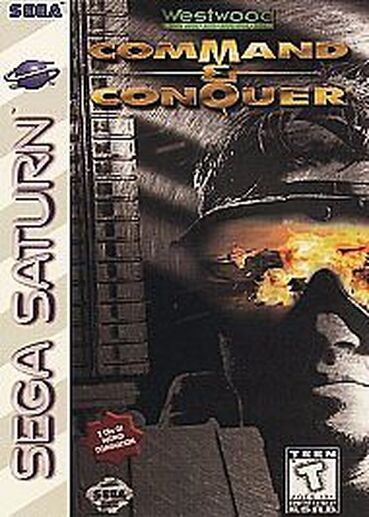
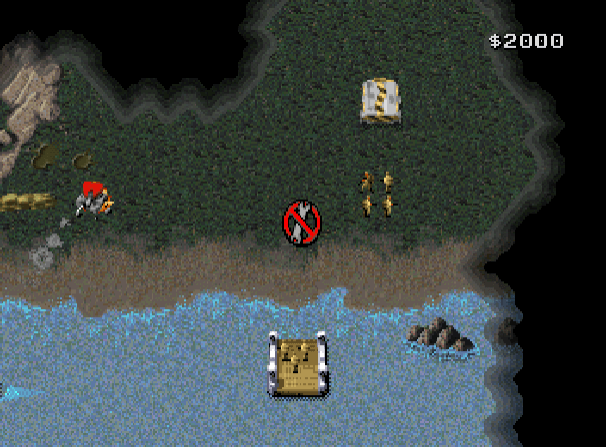
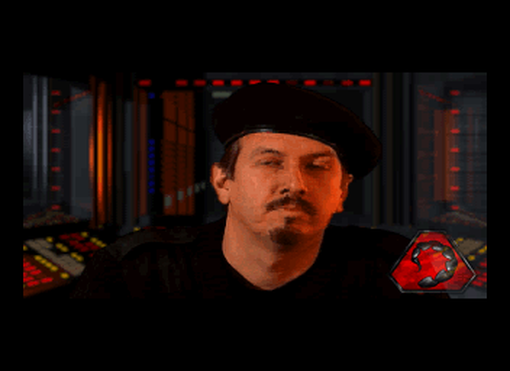
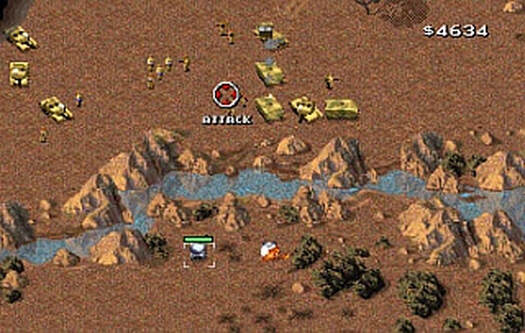
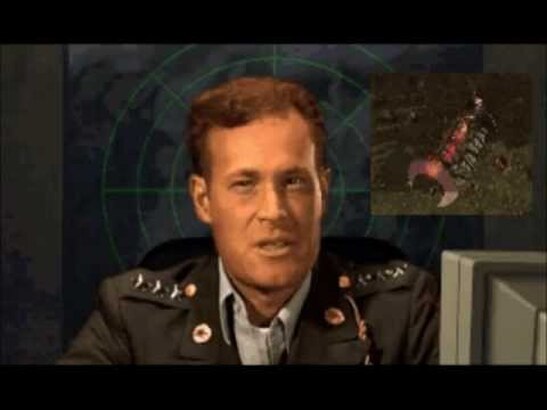
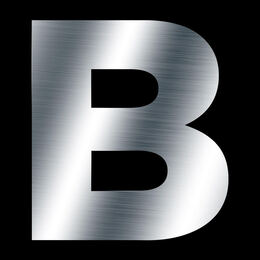

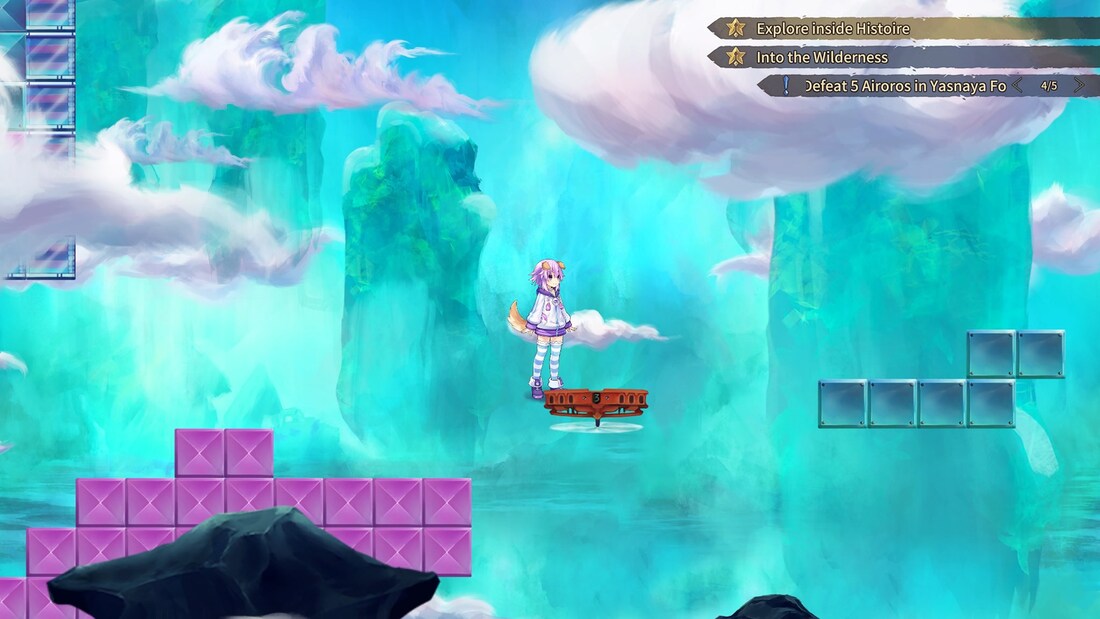
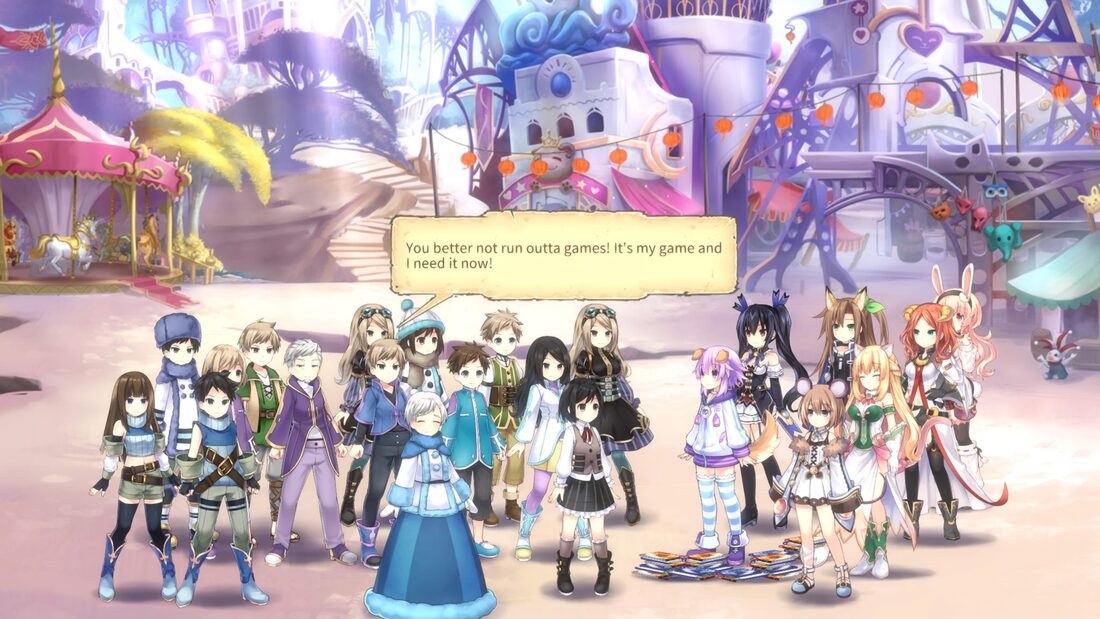
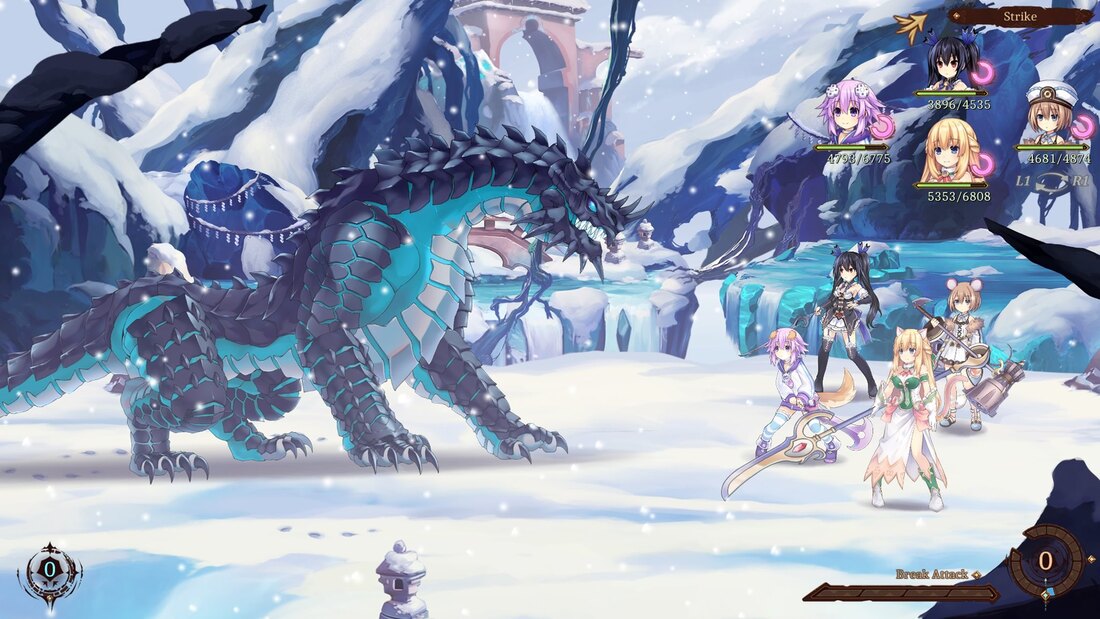
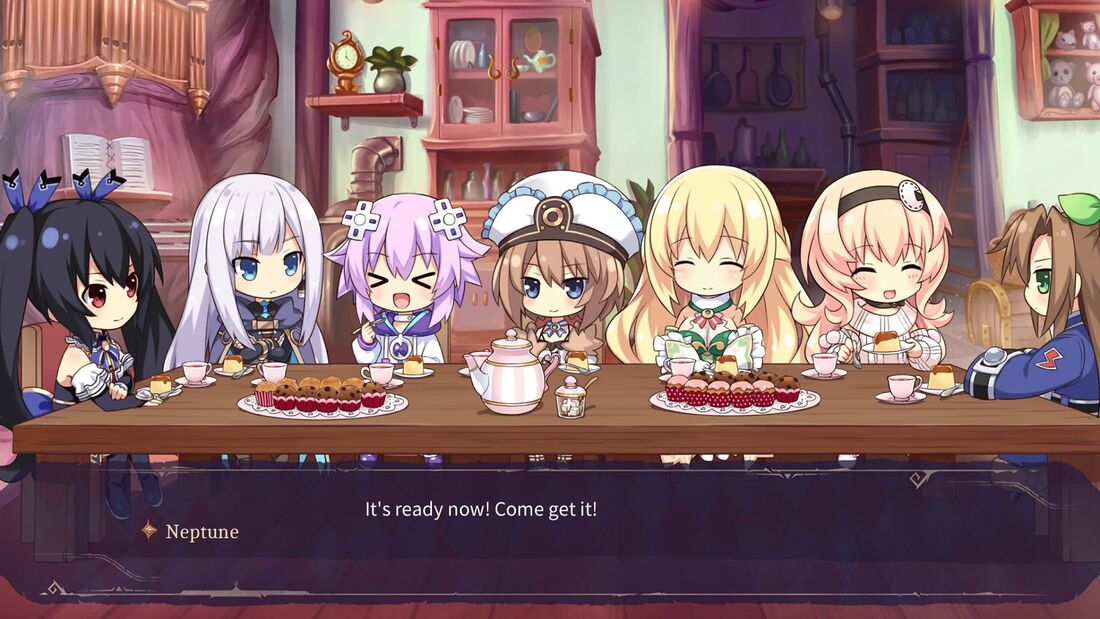
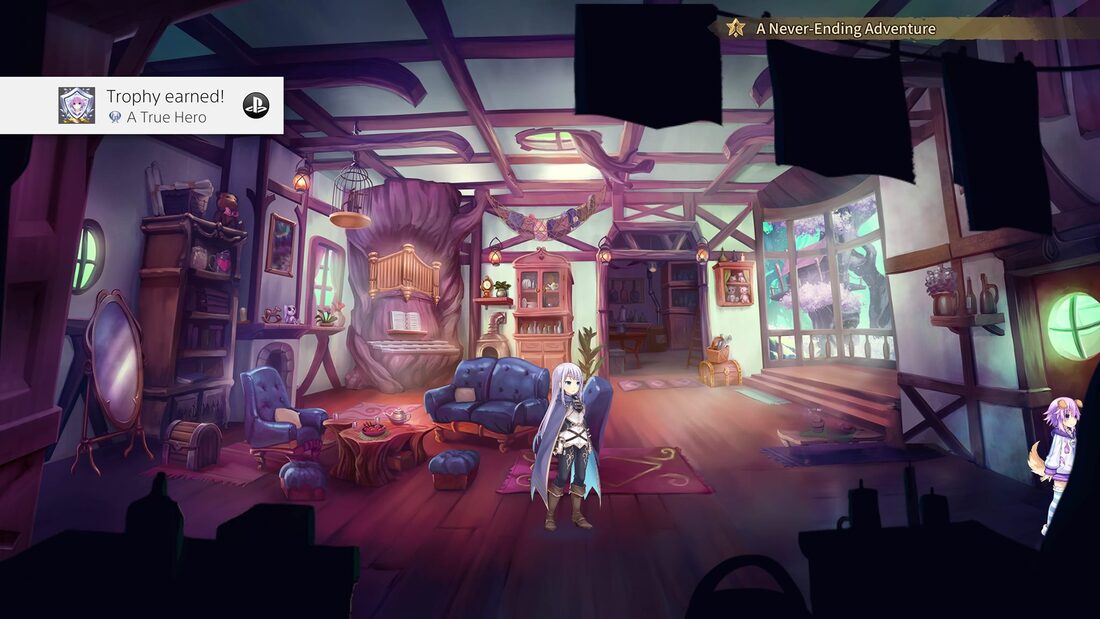
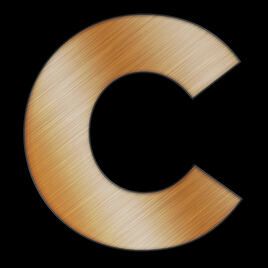
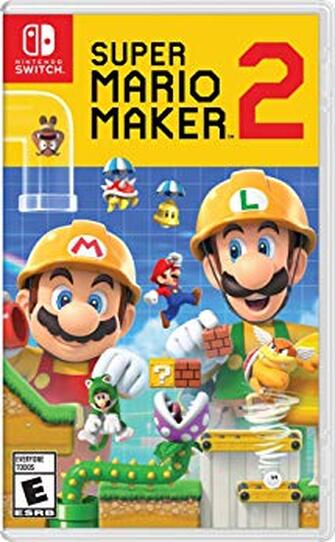
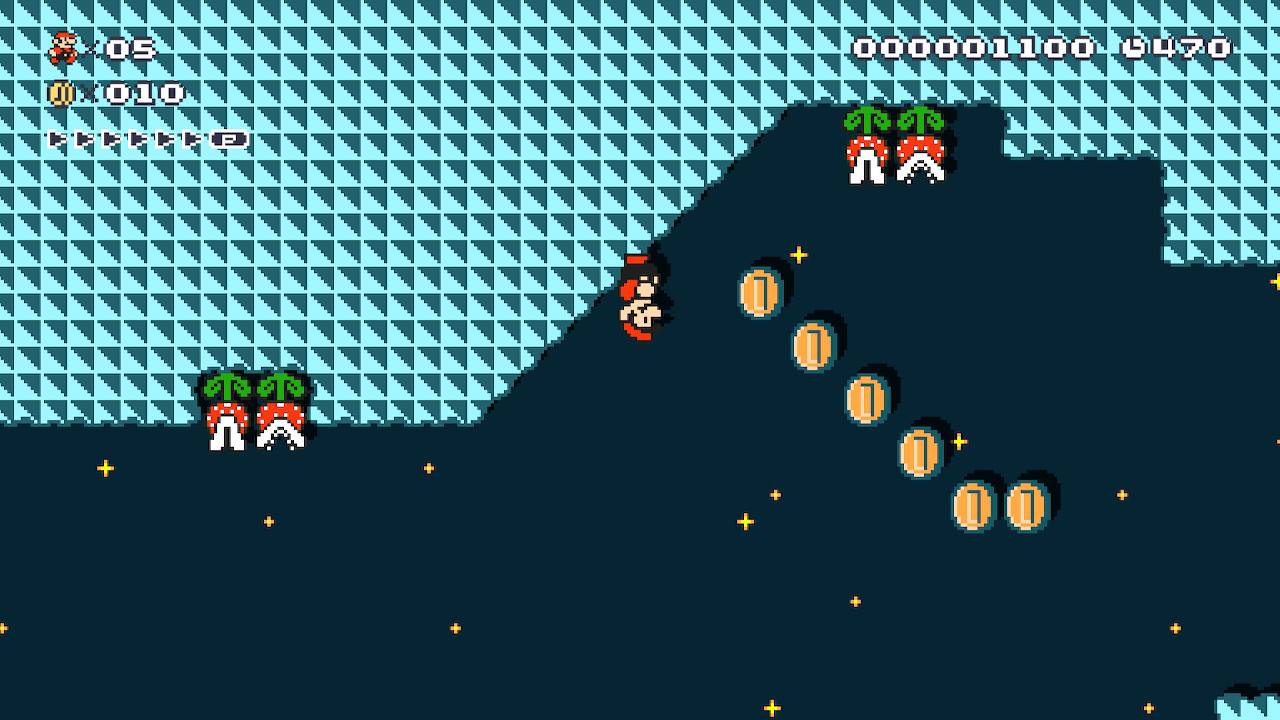
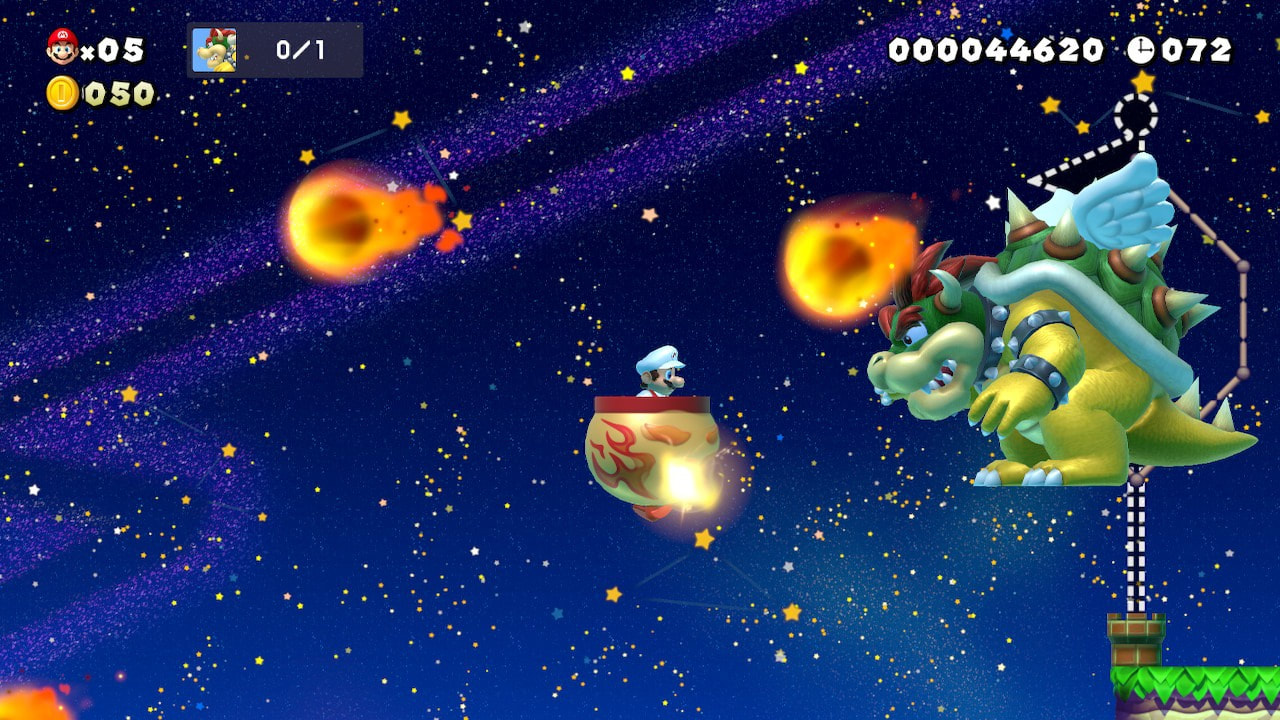
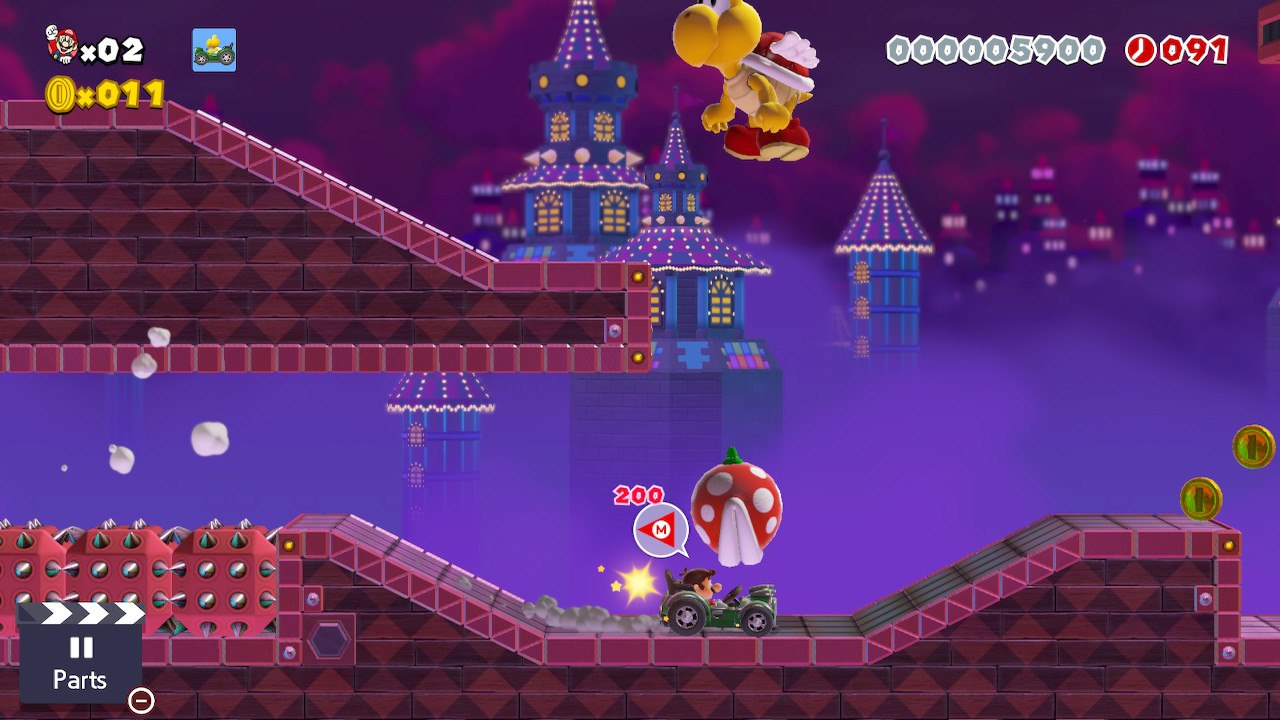
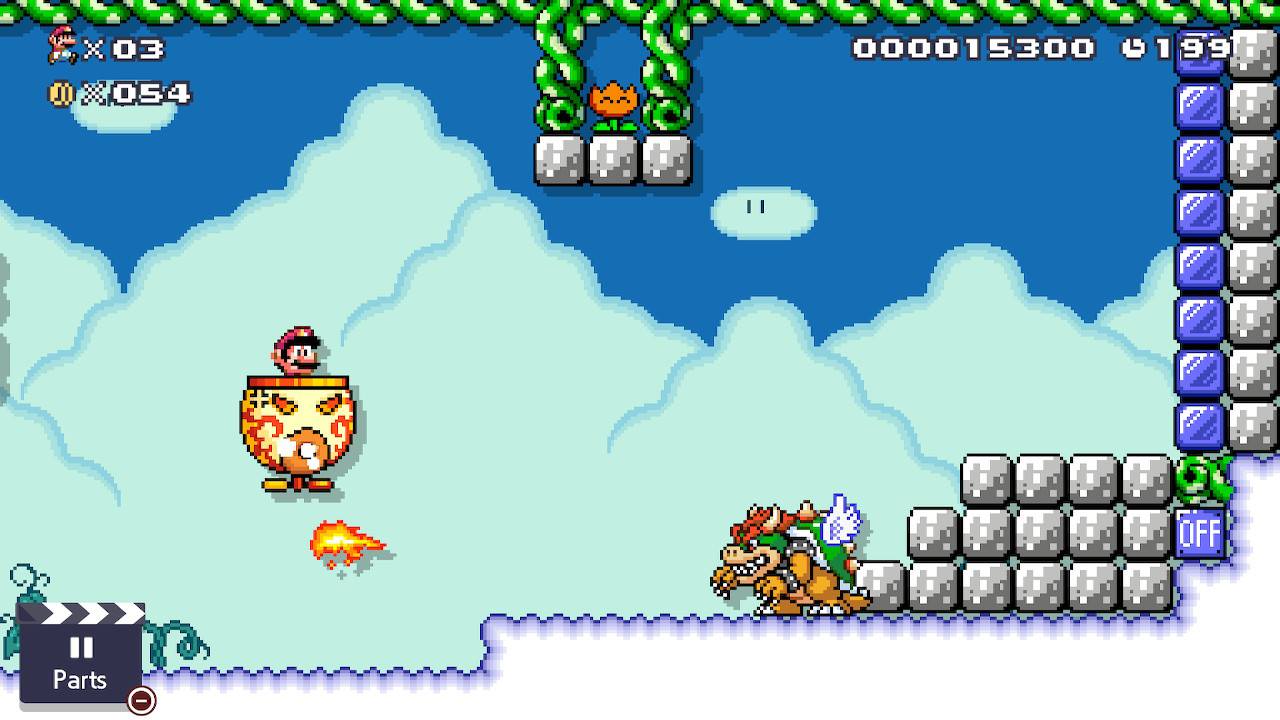

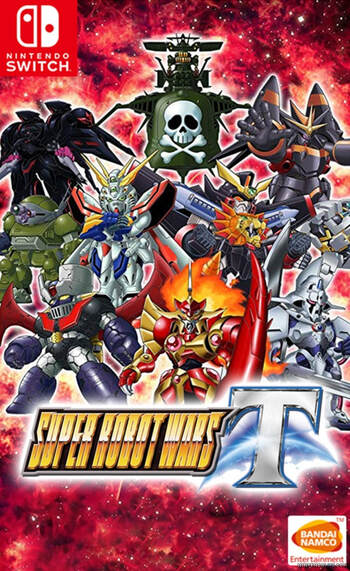
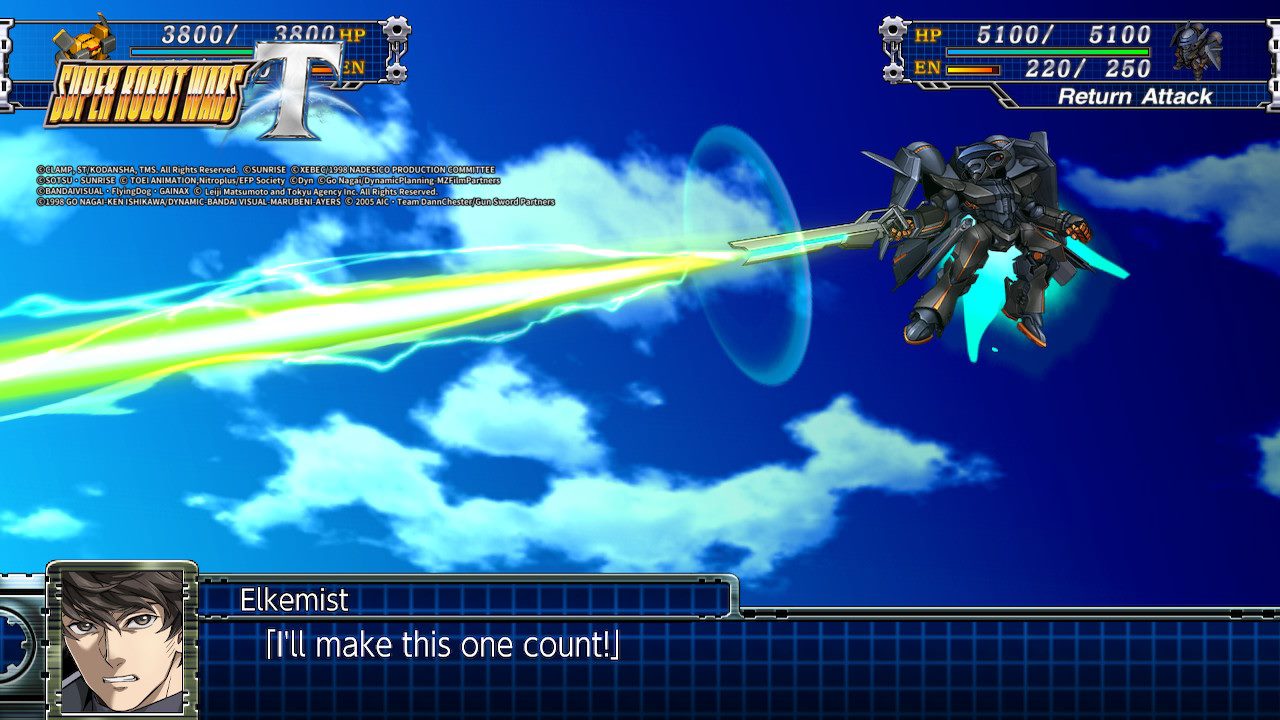
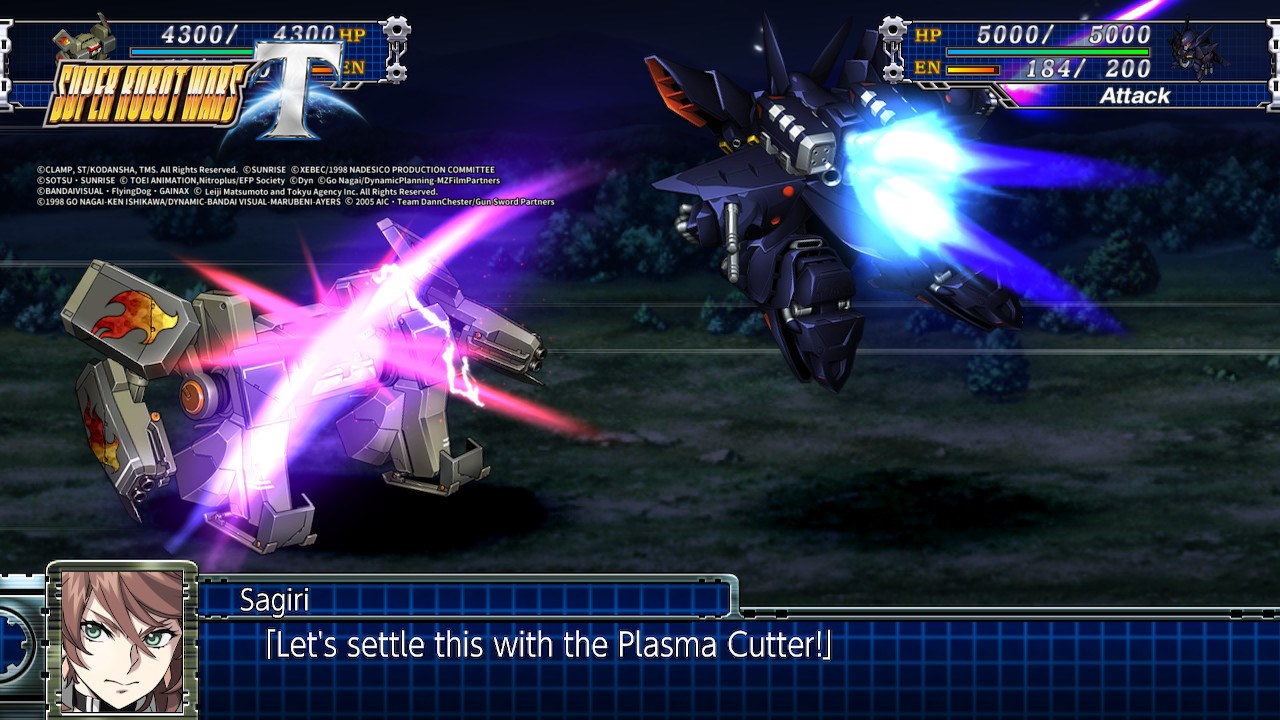
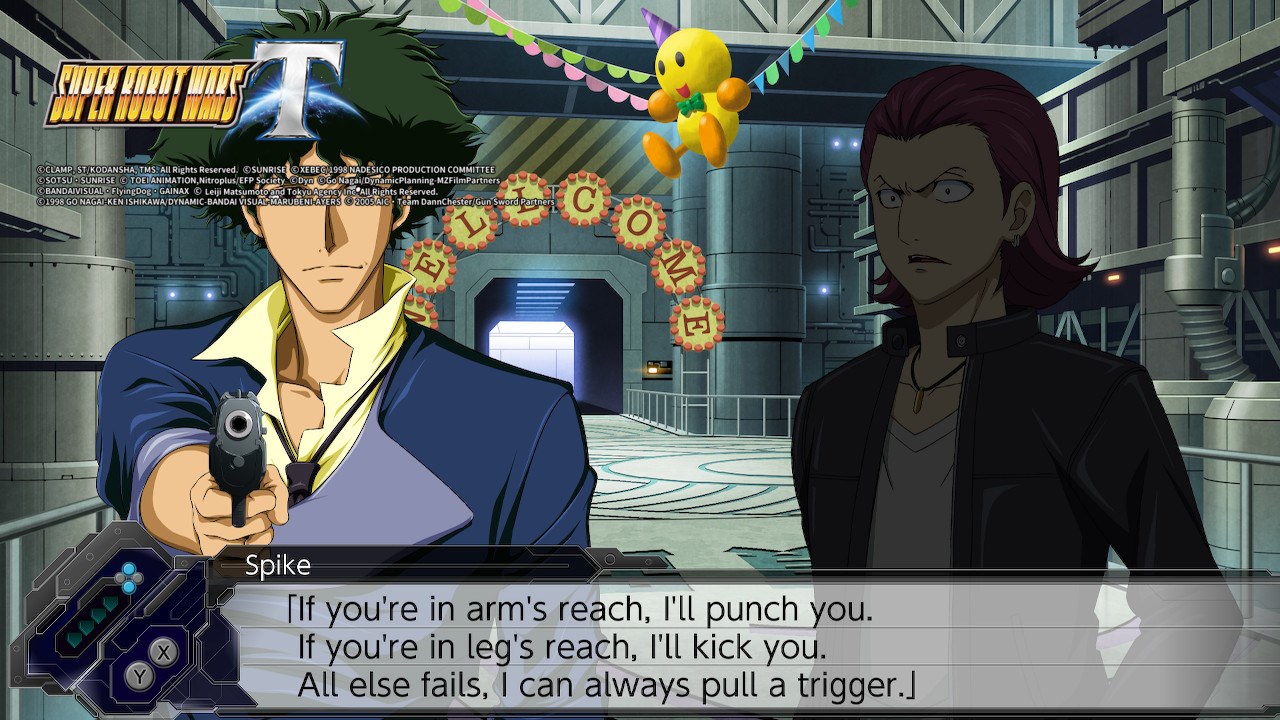
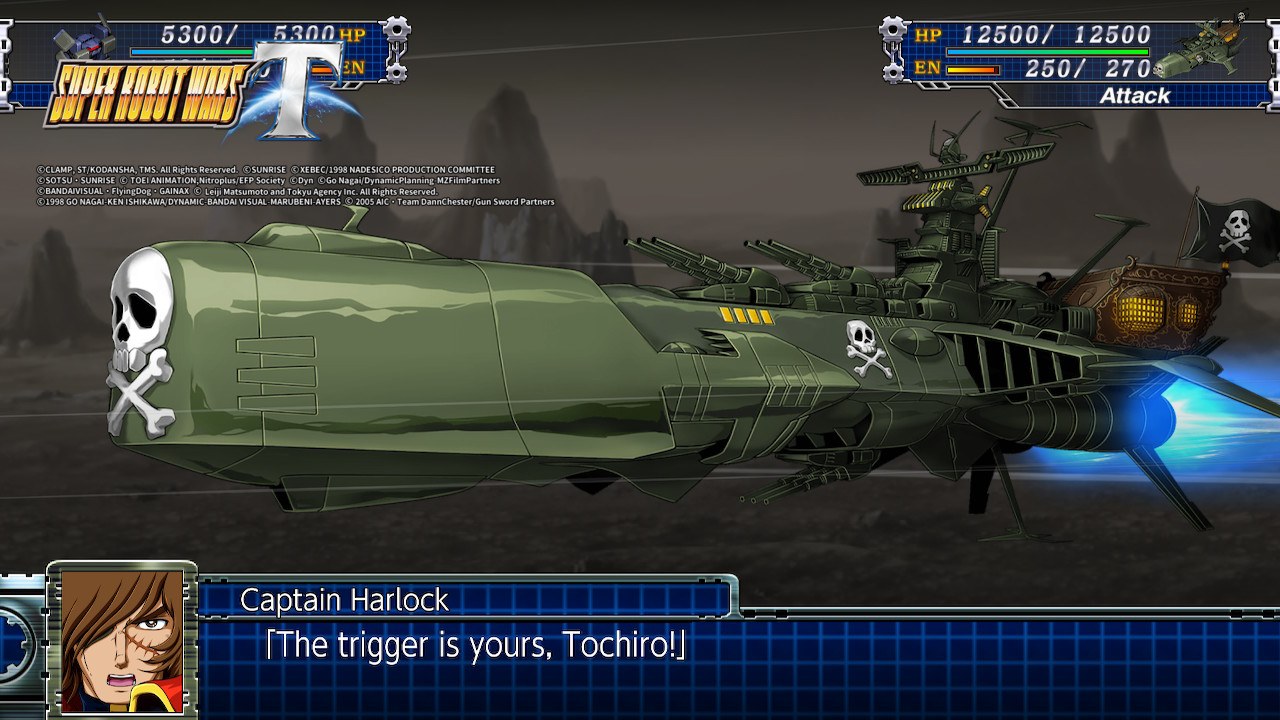
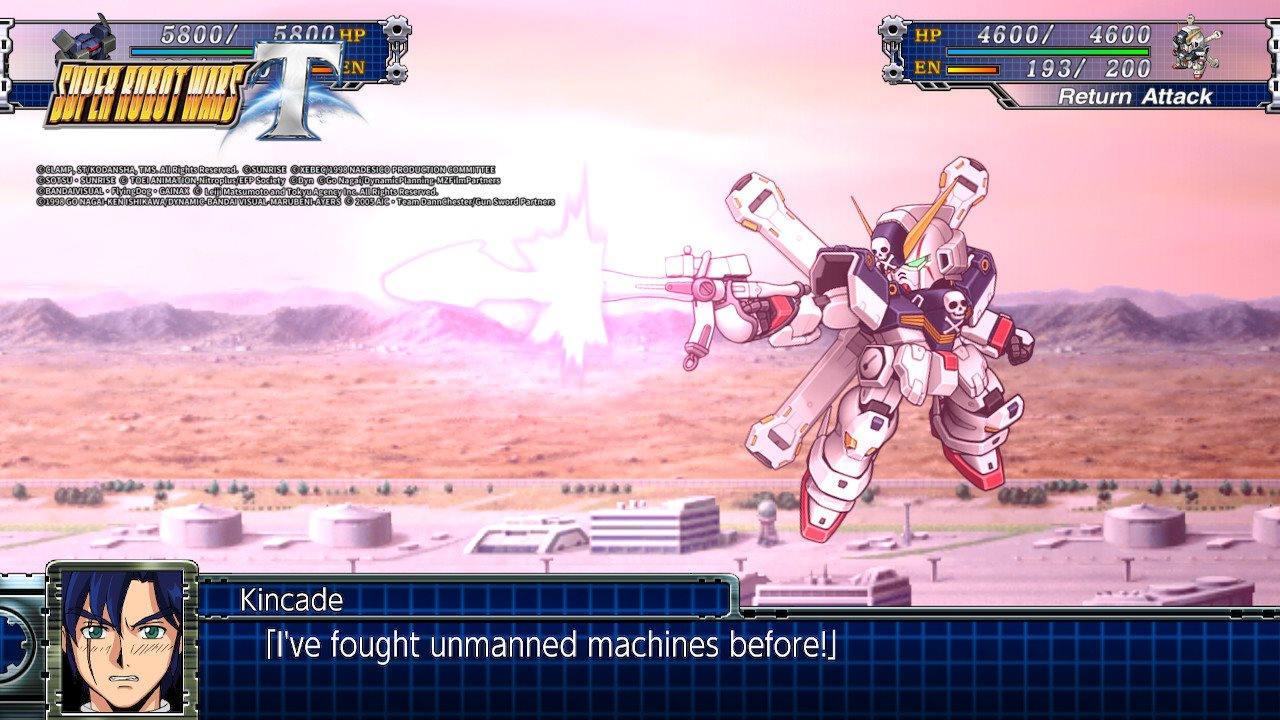
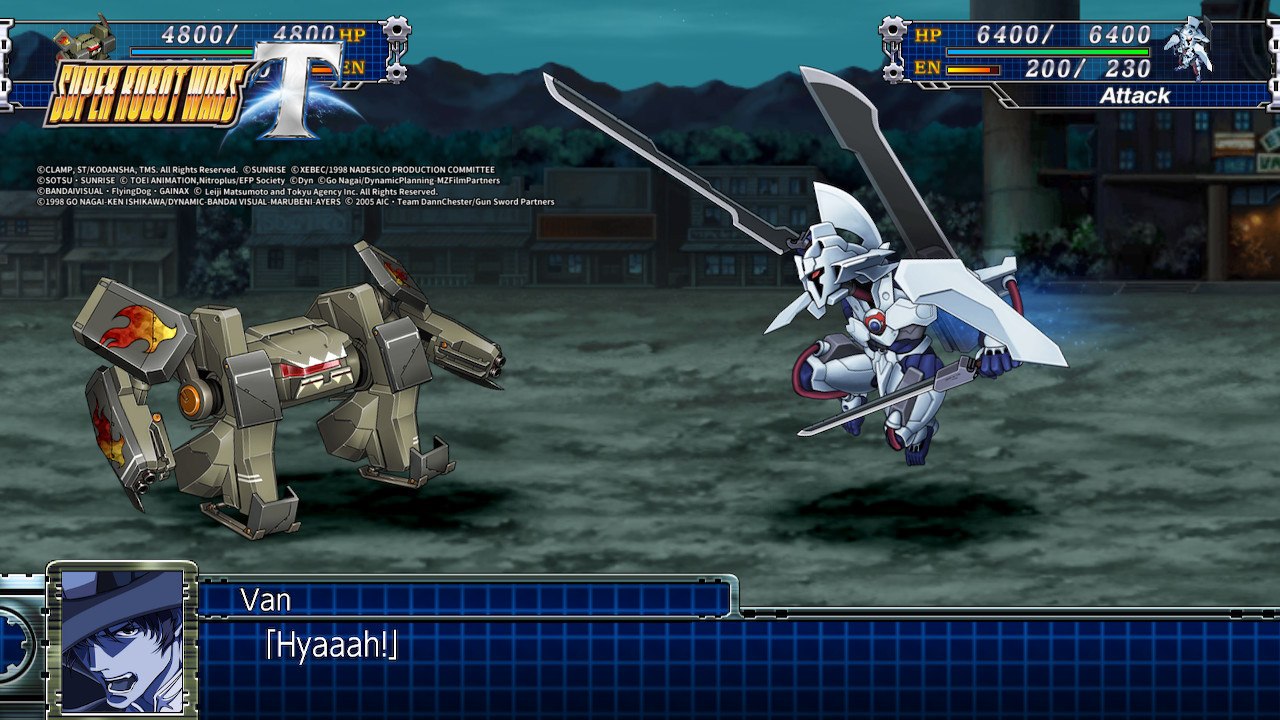

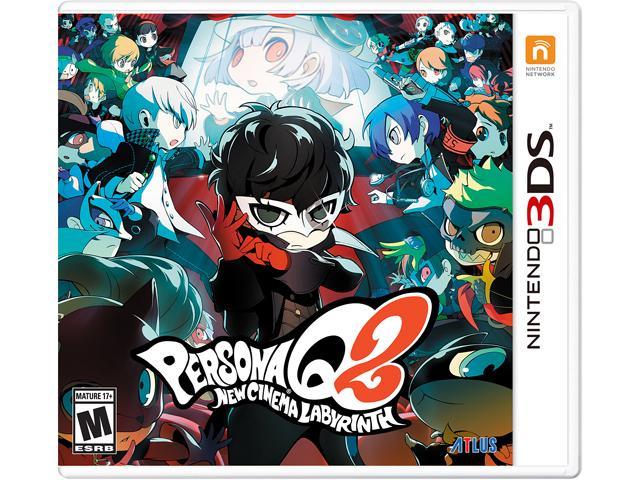
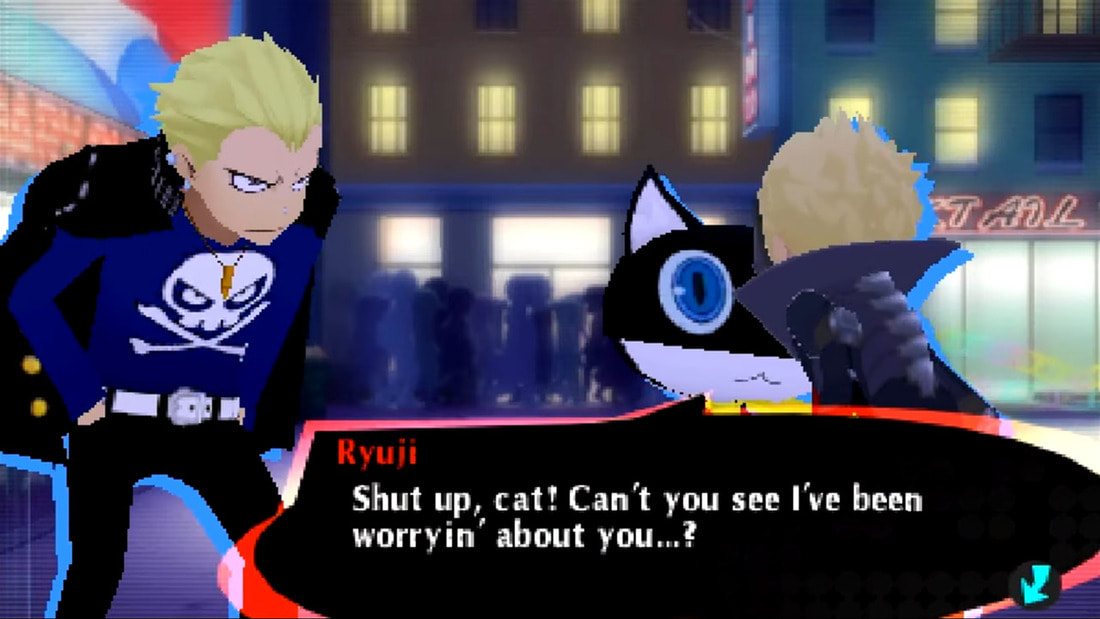
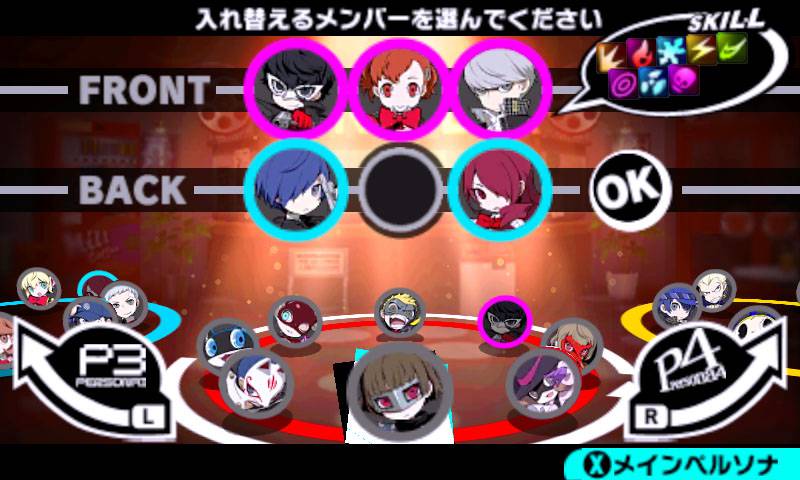
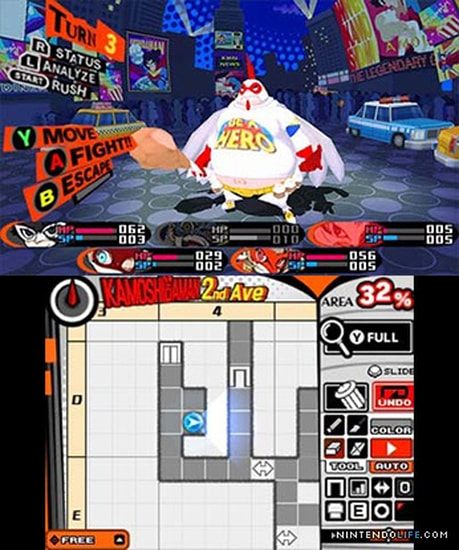
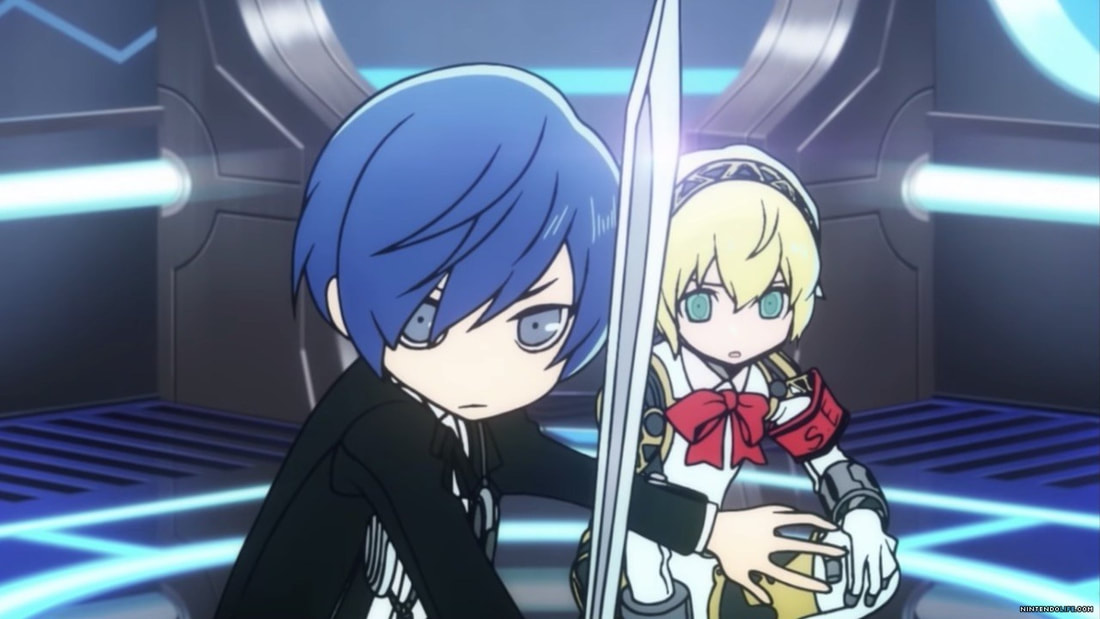
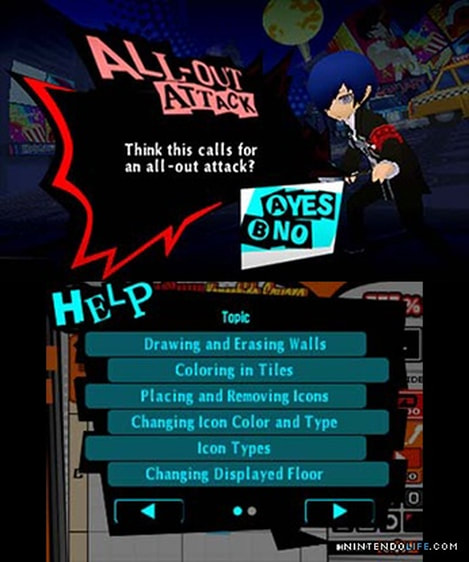
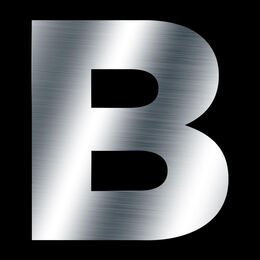
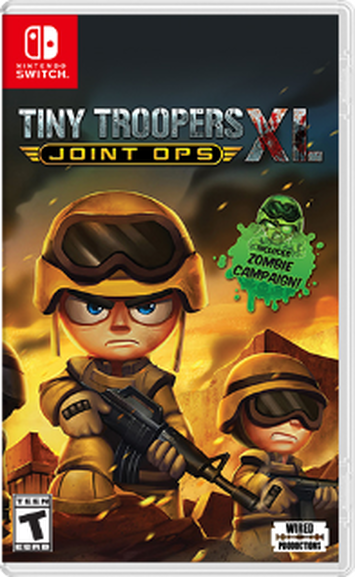
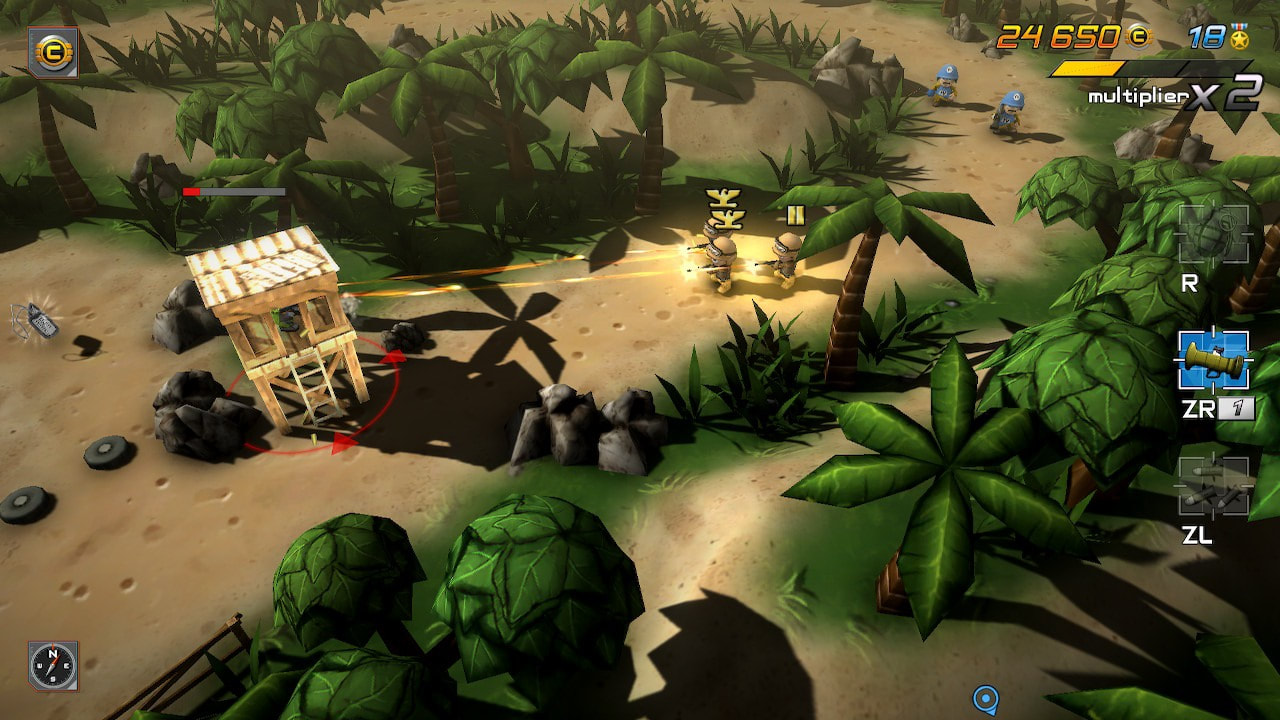


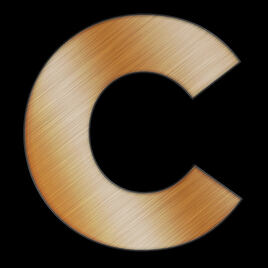
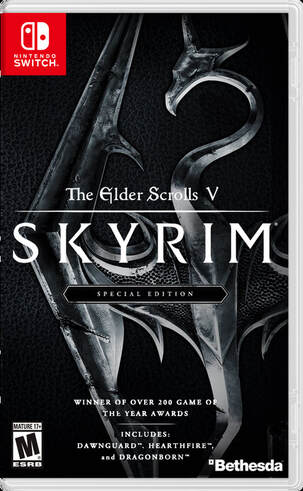
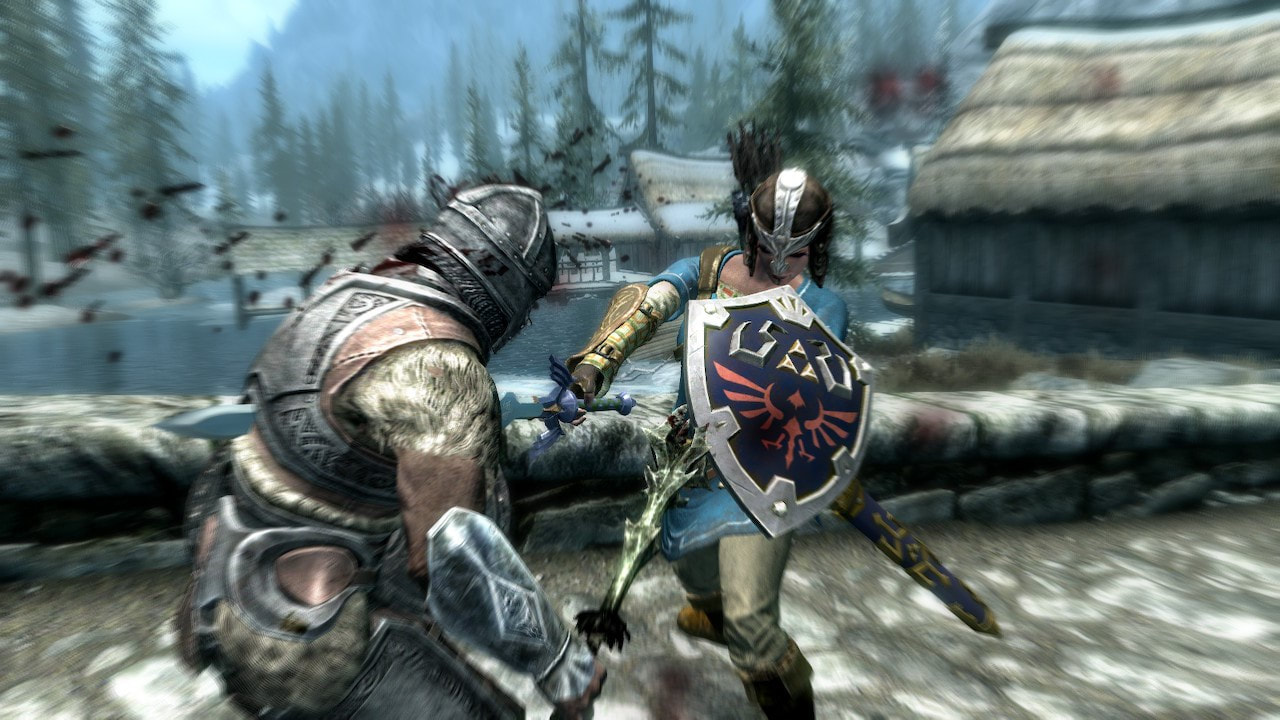
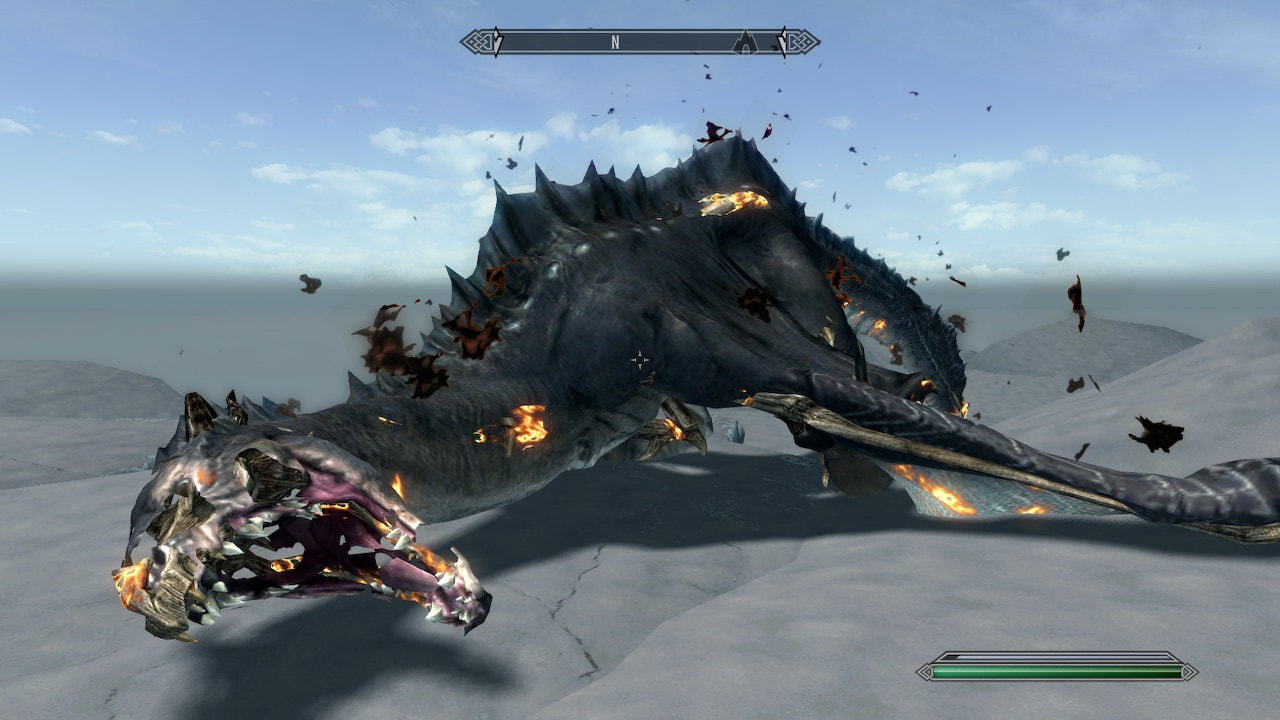
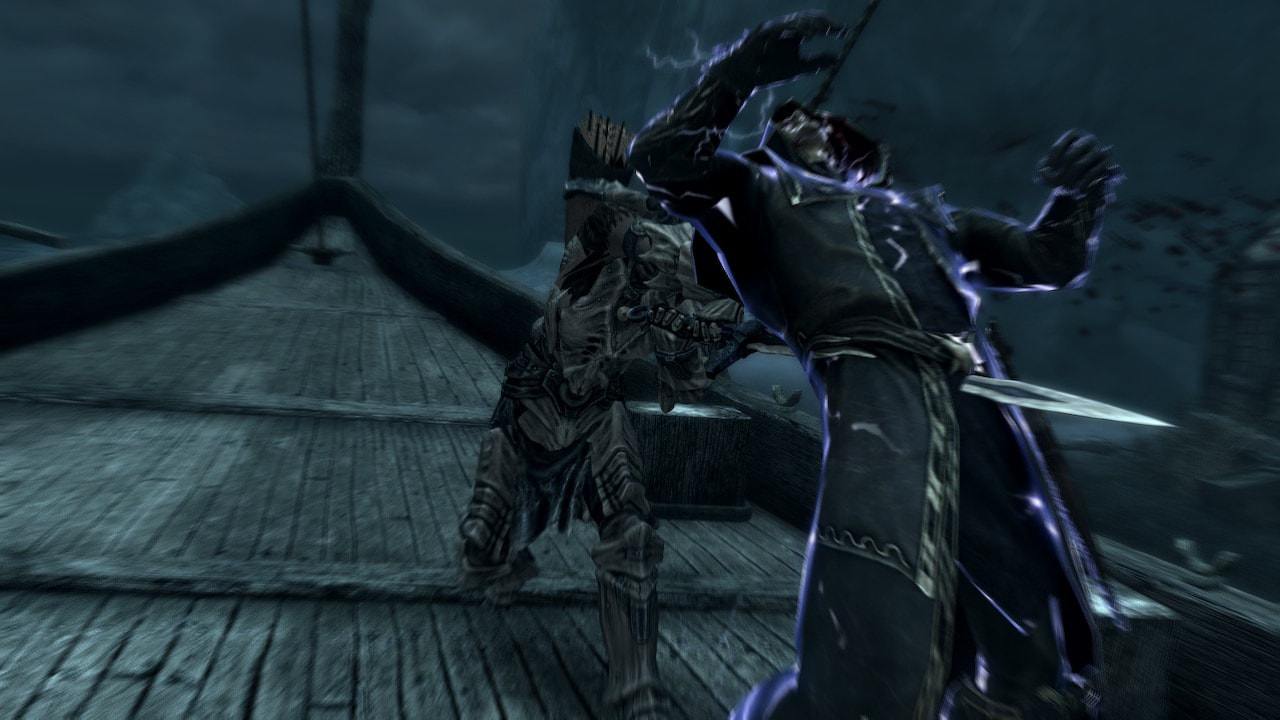
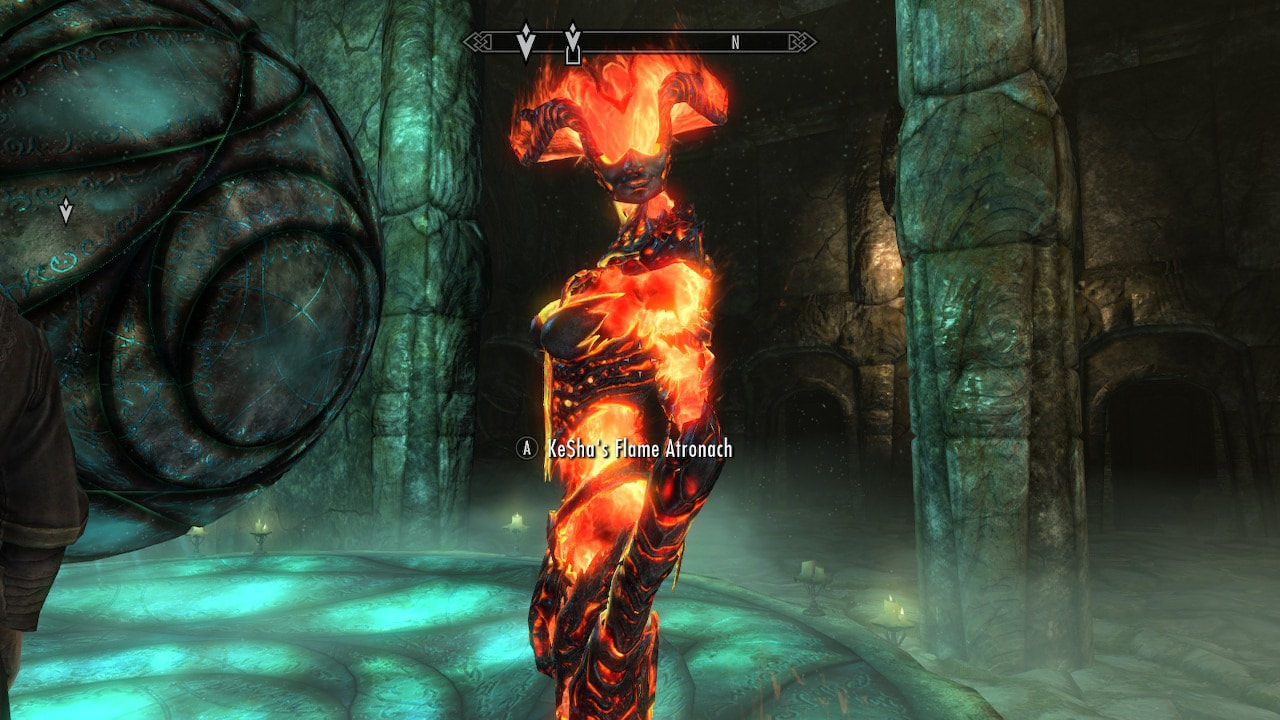
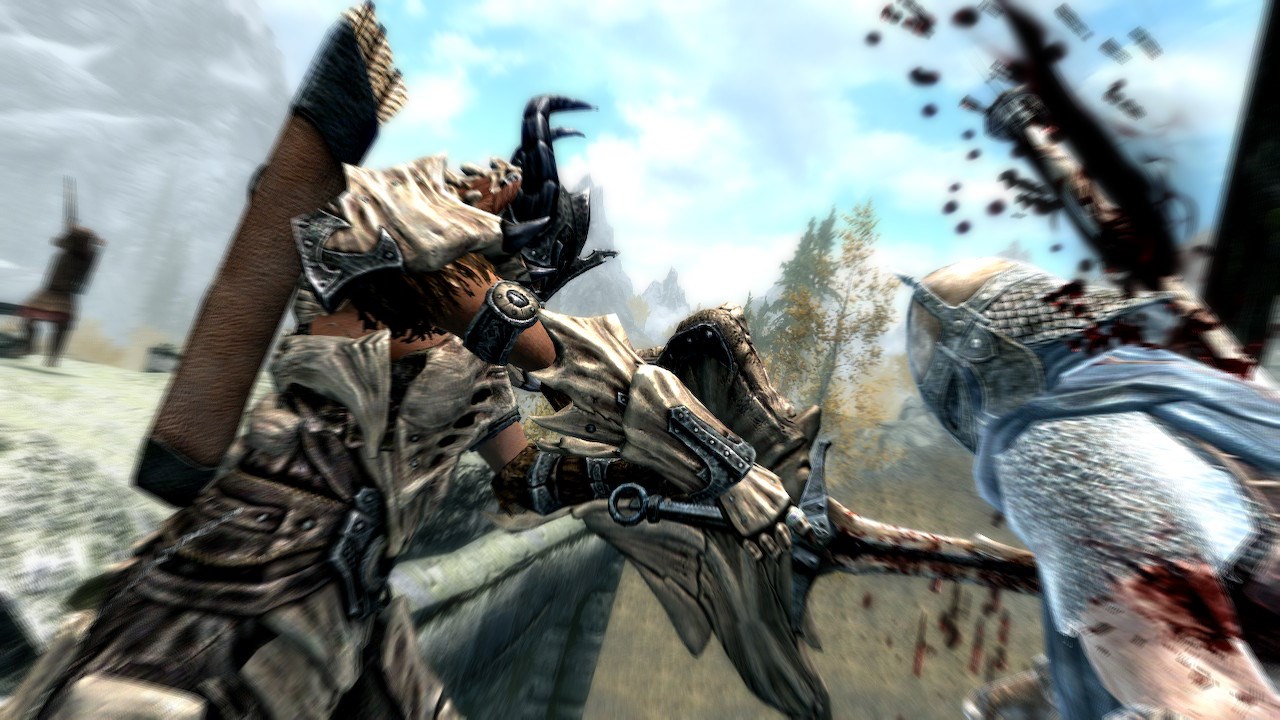

 RSS Feed
RSS Feed
